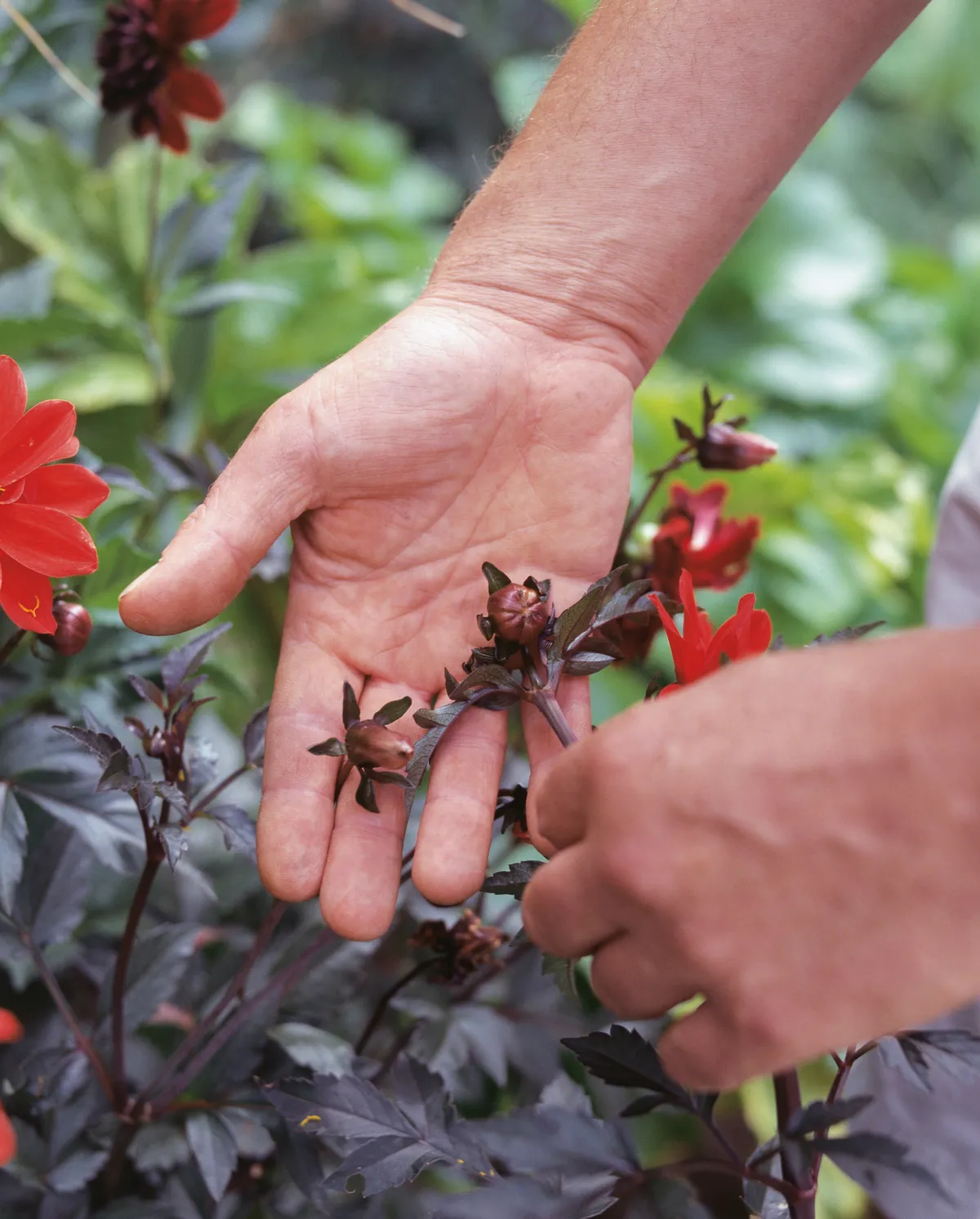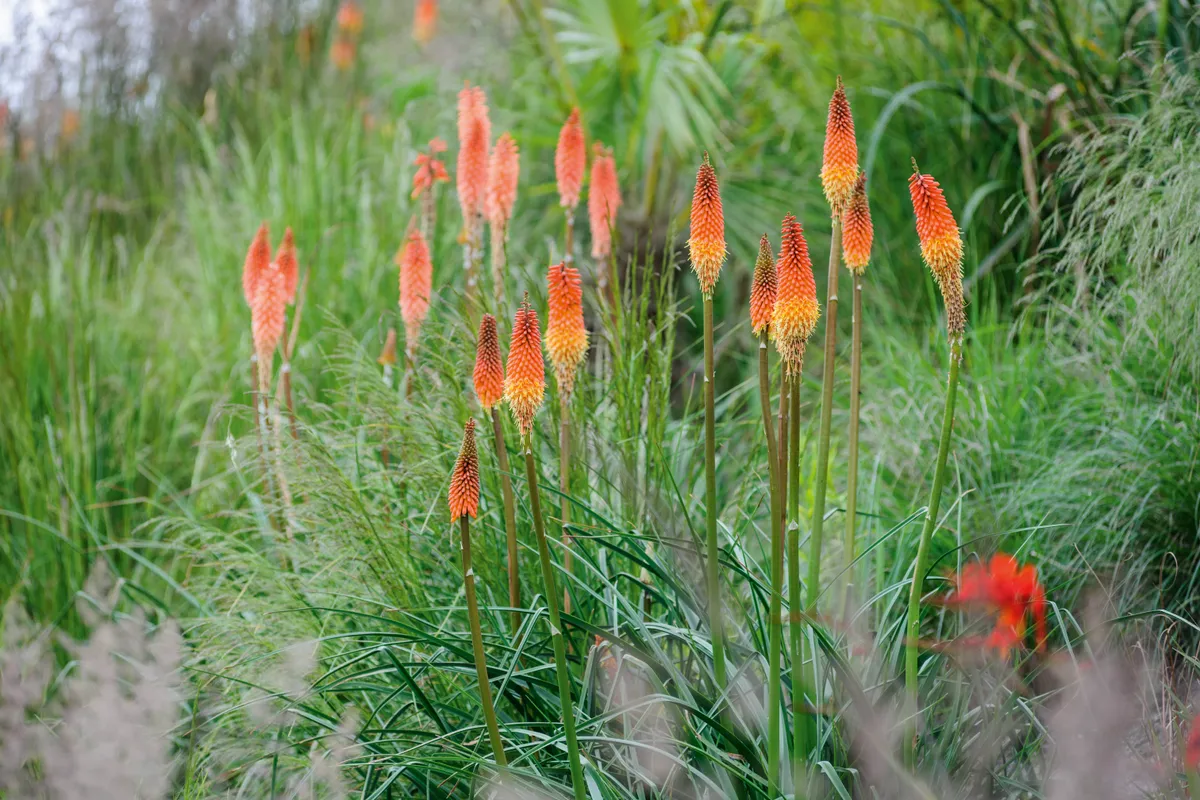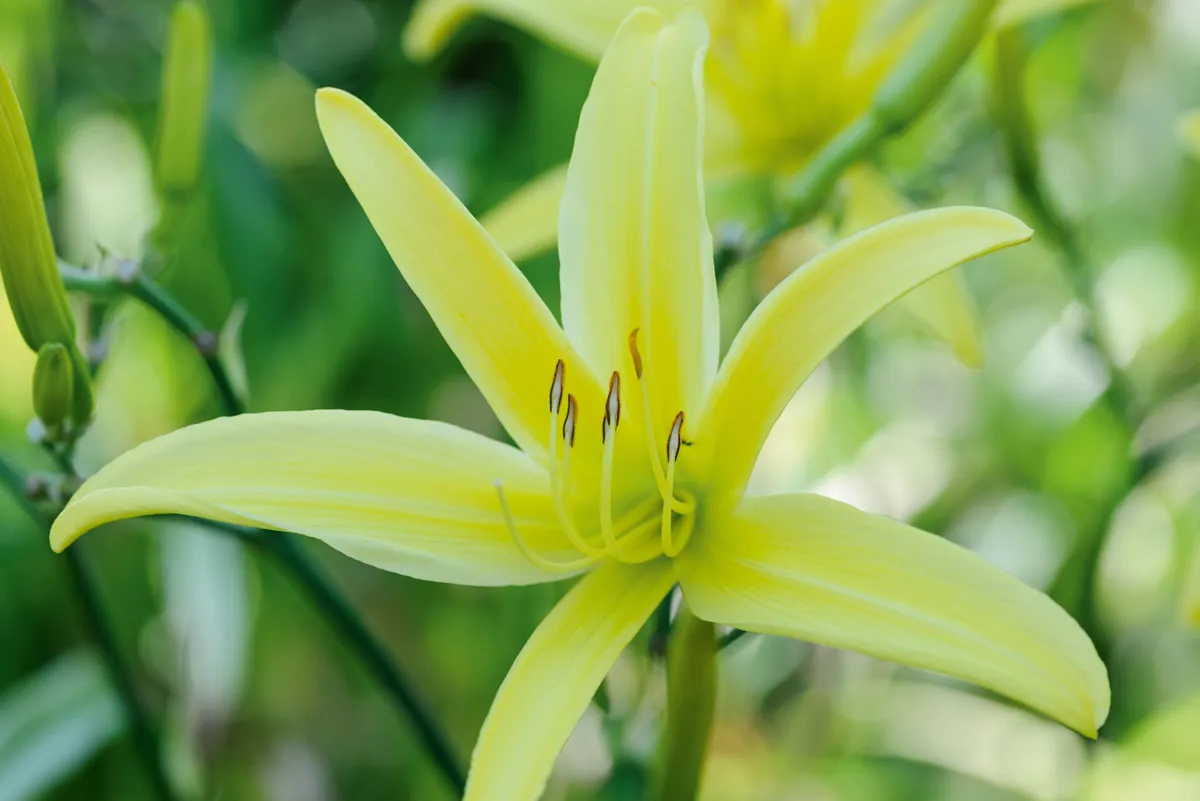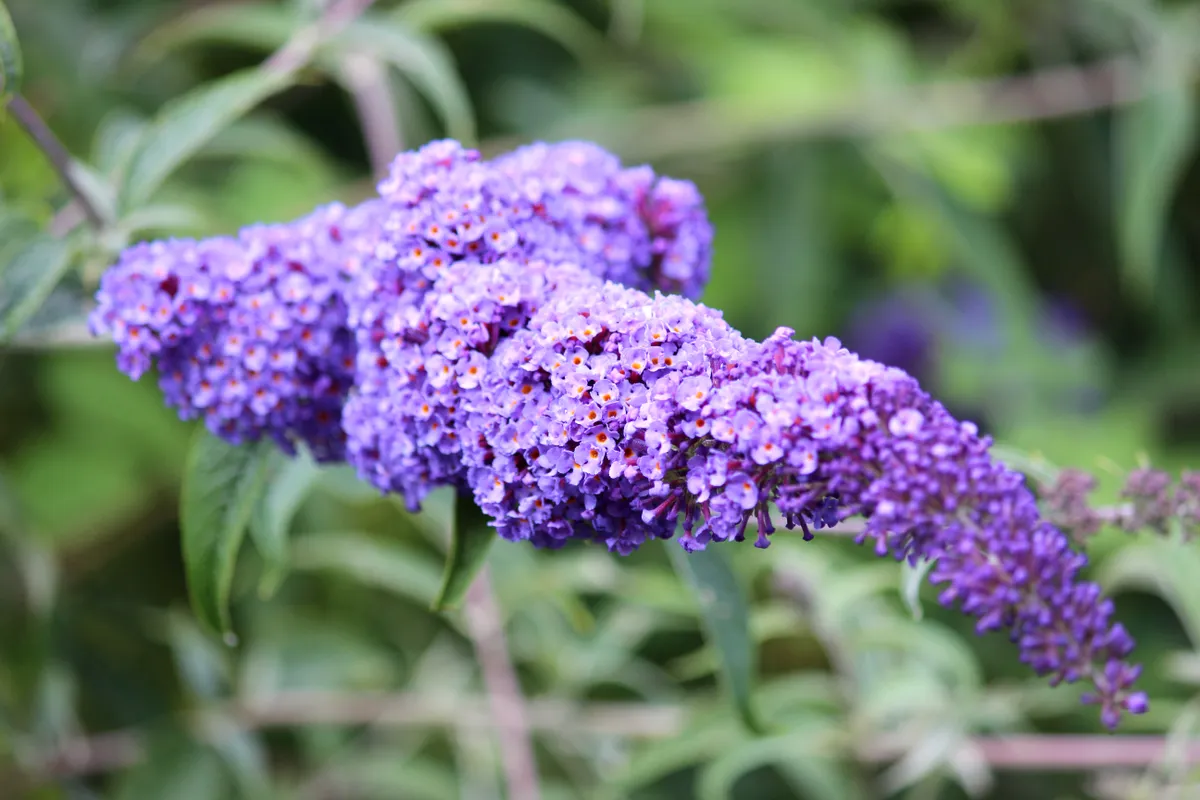Removing the dead or dying flowers from annuals, herbaceous perennials, shrubs and roses keeps them flowering for longer.
Deadheading is one of gardening’s easier jobs – the sort of thing you can do during a stroll around the garden on a summer’s evening with a glass of chilled wine. In the peak growing season, you can do this daily if you wish.
Such small effort will ensure your flower garden will always look at its best and will also provide a long-term supply of pollen and nectar for pollinators such as bees and butterflies.
Don’t remove the spent flowers of plants that produce ornamental fruit, such as roses that produce attractive rosehips.
Seed is also a useful source of food for wildlife, particularly in the autumn, and seeing a family of chaffinches gorge on the seed of echinaceas is a far more inspiring sight than that of a few extra flowers – so be sure to leave some.

Deadheading will prevent plants from seeding about, so if you want your aquilegias or foxgloves, for example, to sow themselves around the garden you will need to leave some flowers to set seed.
In a white border, deadheading needs to be a daily task, as any decay is a blemish on the flowers’ beauty.
What is deadheading?

For delicate flowers, you can use lightweight snips with pointed blades, sold as florist’s snips, as these are easier to manoeuvre right down to the base of the stem you are removing.
For more robust plants such as most perennials, shrubs and roses, use a sharp pair of secateurs.
Read our guide to the best secateurs.
With plants that flower close to the stem, such as daylilies, Campanula and Coreopsis, you can simply pinch out the dead flowers between your finger and thumb.
If there are new buds or flowers in a cluster, deadhead those that have flowered, to encourage the buds below to flower. When they’ve finished, remove the main flowering stems at the base.
Flowers that grow in panicles, or on the end of short stems, should be cut off individually. Follow the stem of the dead flower down to where it joins a main stem, and cut it off.
Flowers that grow on long, single spikes, such as delphiniums, should be cut to the base of the stem once they have flowered. You may be rewarded with a shorter flush of flowers later in the season. If plants flower on a spike from the base upwards, as foxgloves do, the timing of removal is a matter of personal preference. You instinctively know when the floral impact diminishes and seedpods become overly dominant.
Deadheading roses

By deadheading roses as the flowers fade, you encourage more buds to be produced and so extend the flowering season of your rose. It also makes the plant look more attractive, and reduces the problem of diseases, such as botrytis.
Deadhead roses by cupping your hand around the whole bloom as the flowers fade, to prevent the petals from scattering on the ground.
Use florists's snips or secateurs to cut the flower and stem off at the point where it grows from the main stem.
Deadheading prevents the formation of seeds, so do not deadhead species roses, such as Rosa rugosa, which are grown as much for their hips as for their flowers. Read about the top roses for rosehips.
Roses need pruning in winter to keep them flowering well. Read our guide to pruning roses.
Deadheading dahlias

Deadheading dahlias means that they will keep flowering until the first frosts. Occasionally a bud and a dead flower can appear remarkably similar. In general, buds are fat and firm. On dahlias the buds tend to be rounded and hard, while the flowered ‘shell’ is pointed and squashy. Cut back to the nearest main stem.
Read our expert guide to growing dahlias.
Deadheading foxgloves

Cut the flower spike down once the floral impact diminishes and the seedpods become overly dominant. If you'd like foxgloves to self sow around your garden, leave some of the spent spikes standing.
Read our expert advice on growing foxgloves.
Deadheading delphiniums

Use secateurs to cut the stem off as close to the ground as possible. They may produce smaller, secondary flowering spikes.
Deadheading red hot pokers

Use secateurs to cut the stem off as close to the ground as possible.
Read about the best kniphofias to grow.
Deadheading daylilies

Remove individual flowers daily and then the whole flowering stem at the base once flowering has finished.
Deadheading buddleias

Cut off spent flowerheads with secateurs to a pair of leaves behind the flower to encourage further blooms.
Deadheading lilac

Deadhead by cutting off spent flower heads with secateurs to a pair of leaves behind the flower to encourage further blooms.
Deadheading rhododendrons

Deadhead rhododendrons with your finger and thumb, carefully snapping off spent flower clusters at the base and taking great care not to damage or break off the soft, new spring growth.
Deadheading peonies

Deadhead peonies by cupping your hand around the whole bloom as the flowers fade, to prevent the petals from scattering on the ground.
Read our expert advice on growing peonies.
Deadheading camellias

Deadhead camellias by cupping your hand around the whole bloom as the flowers fade, to prevent the petals from scattering on the ground.
Read our expert advice on the best camellia varieties to grow.

